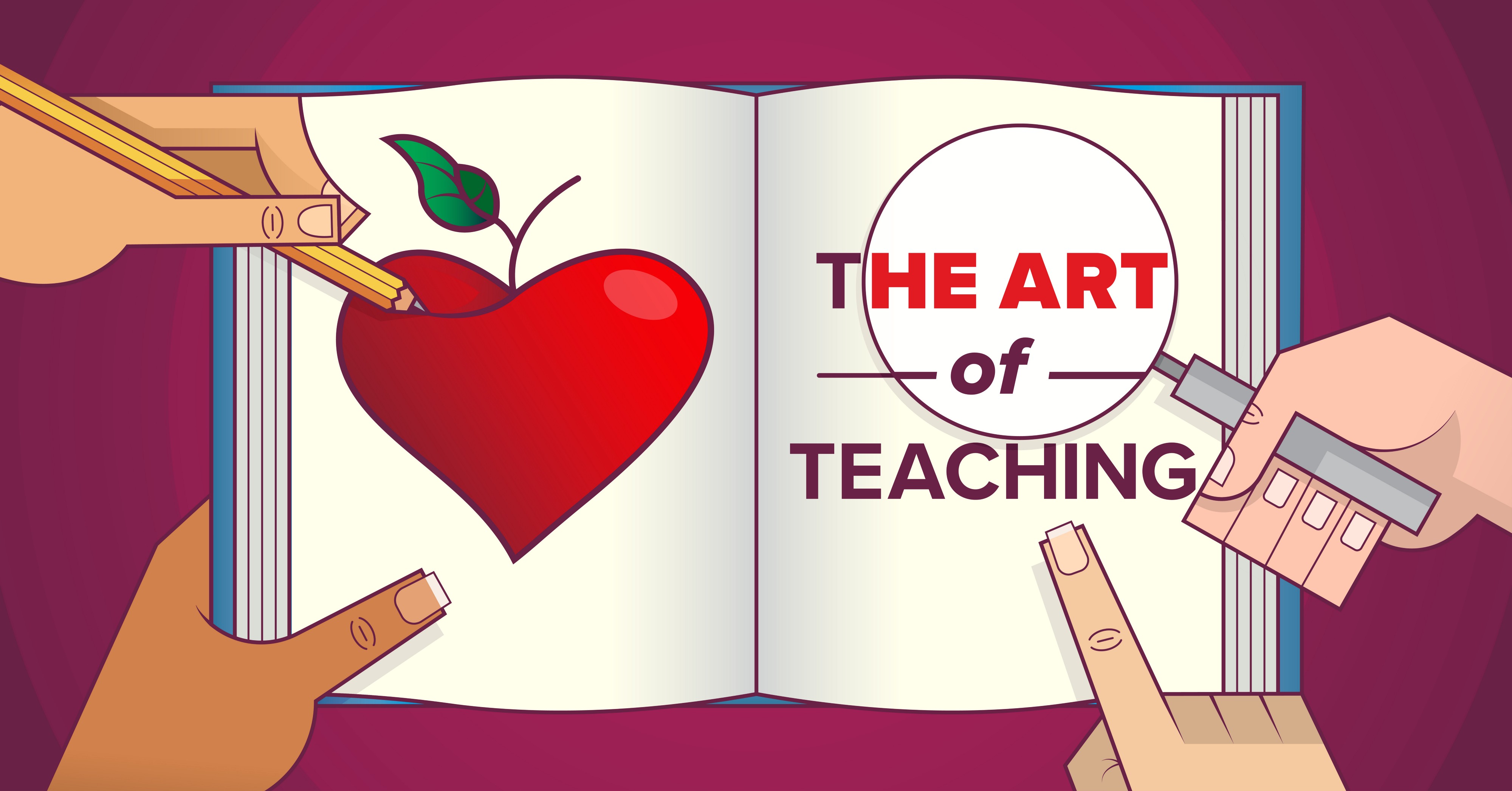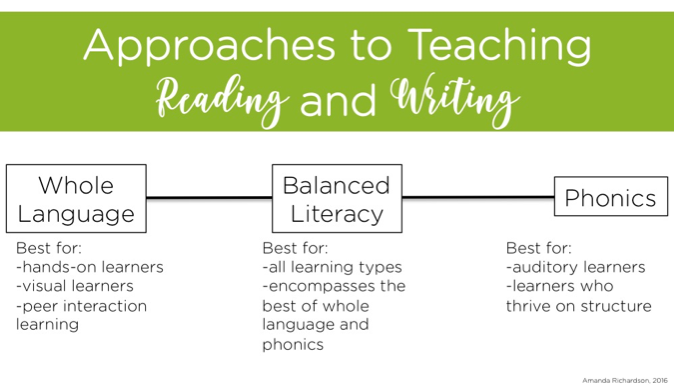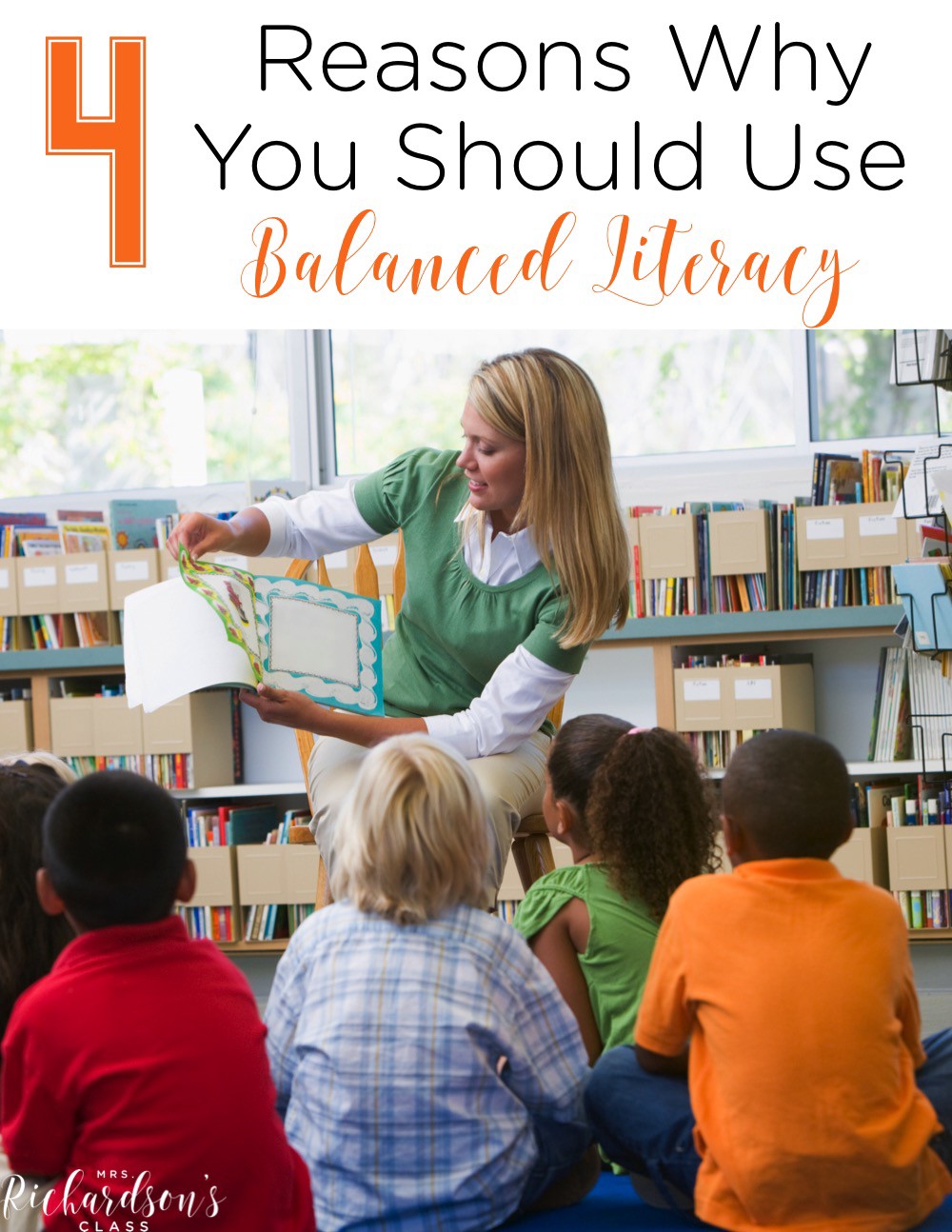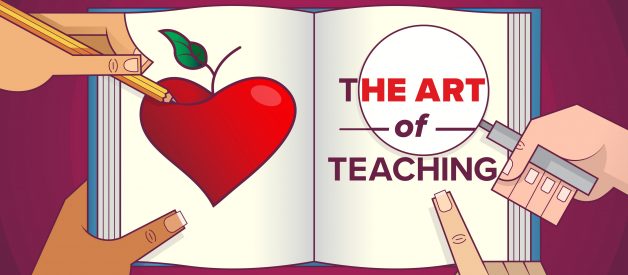By Teacher and Guest Blogger Amanda Richardson

Why Choose Balanced Literacy
When it comes to teaching reading and writing, there are different approaches on the spectrum. On one end, there is a whole language approach and on the other, there is a phonics approach. Teaching reading with a balanced literacy approach is the perfect combination between whole language and phonics. In a balanced literacy program, students see reading and writing modeled, share in the reading and writing with the teacher, are coached, practice independently, and are actively engaged in word study. Here are four reasons to select the balanced literacy approach:
1. It follows a gradual release of responsibility model
As teachers who desire to see our students succeed, we find ourselves not providing enough scaffolding or providing too much scaffolding for their learning. When we follow a gradual release model as shown below, we are able to model what good readers and writers do, share in authentic experiences with the students as they practice the skills, and then release them to implement the skills independently so that they may become successful. The gradual release model ?emphasizes instruction that mentors students into becoming capable thinkers and learners when handling the tasks with which they have not yet developed expertise? (Buehl, 2005).

2. It?s the best of both worlds
Balanced Literacy sits right in the middle of both the whole language approach and the phonics approach. With whole language, the belief is that we learn to read and write best by engaging in the language undivided. Language is taught through a system that encompasses word recognition and their relation to one another in context. This approach works for many students, specifically those that are hands-on, visual, and learn best through interaction. But not all students learn this way. With the phonics approach, the belief is that students learn to read best by teaching letter and sound relationships. This is great for the auditory learner. They also love the phonological system of the language. In balanced literacy, you have the best of both worlds. The teacher is able to provide whole language learning opportunities through interactive read-alouds, shared reading, interactive writing, and shared writing, while also providing explicit phonics instruction during both word study and guided reading time. Students can be exposed to both approaches within a balanced literacy classroom.

3. It doesn?t force the teacher to ?fit it all in?
Often teachers hear guided reading and think that is their approach to teaching reading, but it is not. It is one piece of the puzzle. Within balanced literacy there are many components that help teach reading and writing. Never do you have to fit everything in one lesson. The day is structured so that there are many opportunities to teach and practice reading and writing.
4. It allows the teacher to differentiate learning
As educators, we are learning more and more each year about how to better meet our students? needs. We know for sure that in order for our students to be successful, they must be taught in a way that is mindful of their readiness, their interests, and their learning style. We do this by differentiating our teaching. This can seem like an overwhelming task, but it truly isn?t within a balanced literacy model. The teacher is able to easily differentiate learning during guided reading, literacy stations, word study, independent reading and writing. It allows the teacher to meet students where they are.
Using the balanced literacy approach to teaching reading has made an immense difference in learning for my students. They are more engaged, excited about all of the reading and writing happening in our classroom, and they are successful in displaying growth!

Source: Buehl, D, ?Scaffolding,? Reading Room, 2005, <www.weac.org/News/2005-06/sept05/ readingroomoct05.htm> (November 11, 2006).
Amanda is a Kindergarten and 1st Grade teacher of 6 years. She loves crafting engaging, interactive lessons for students and finds joy in helping other educators by leading them in professional development and journeying alongside. Her love for the classroom is undeniable as she shares experiences, tips, and helpful information as she connects with educators on the popular blog, Mrs. Richardson?s Class.
 Follow the conversation #WhyITeach
Follow the conversation #WhyITeach
To be reminded why your work is so very important and for more stories and advice, visit our collection of teacher perspectives at The Art of Teaching.
For reading on academic research regarding the balanced literacy approach, see:
What Works to Improve Student Literacy Achievement? An Examination of Instructional Practices in a Balanced Literacy Approach
The Effects of Balanced Literacy on Student Achievement at the 8th Grade Level
Literacy and Language Outcomes of Balanced and Developmental-Constructivist Approaches to Early Childhood Education
You can view the McGraw-Hill Education Privacy Policy here: http://www.mheducation.com/privacy.html. The views and opinions expressed in this blog are those of the author, and do not reflect the values or positioning of McGraw-Hill Education or its sales.


